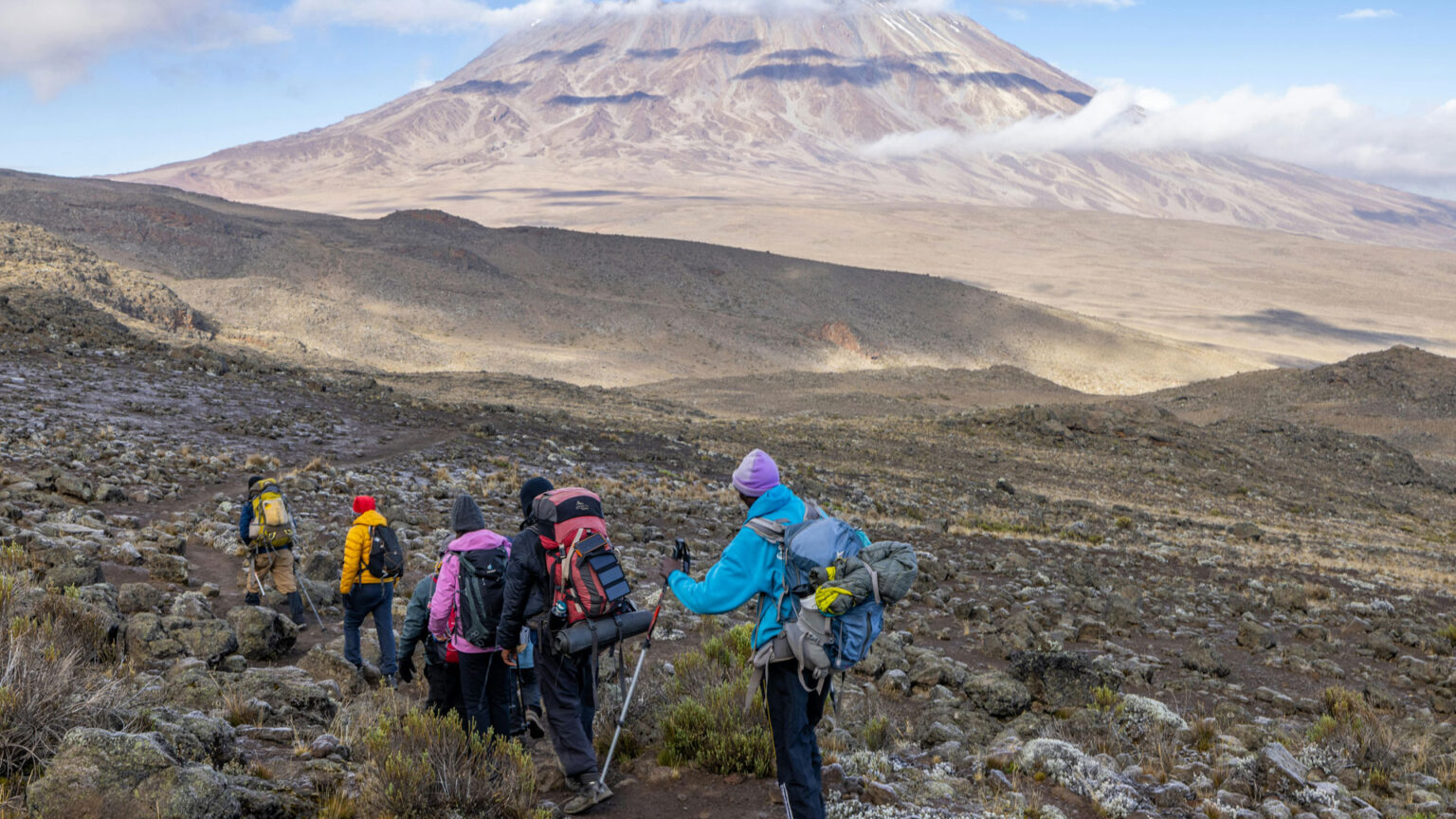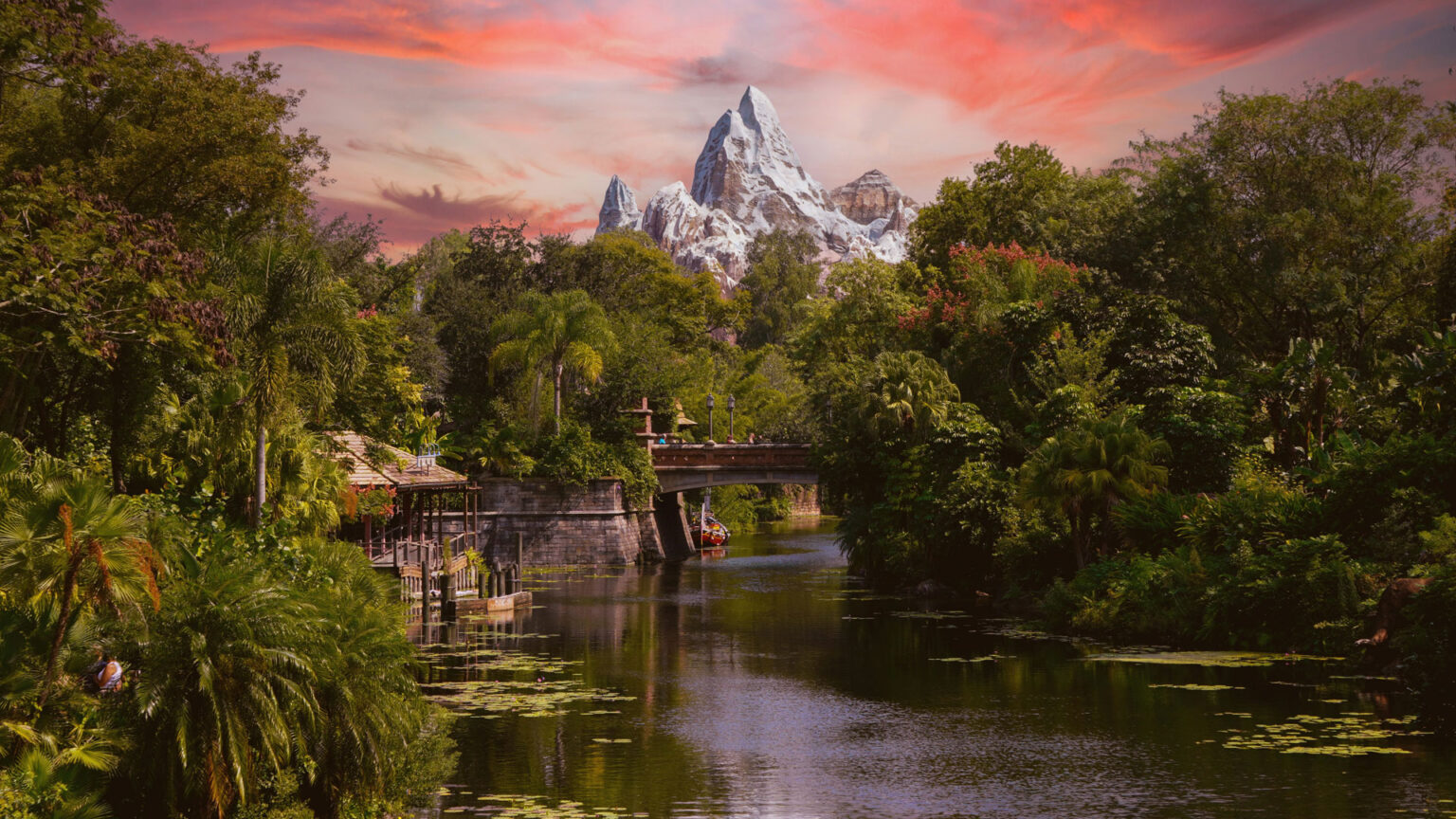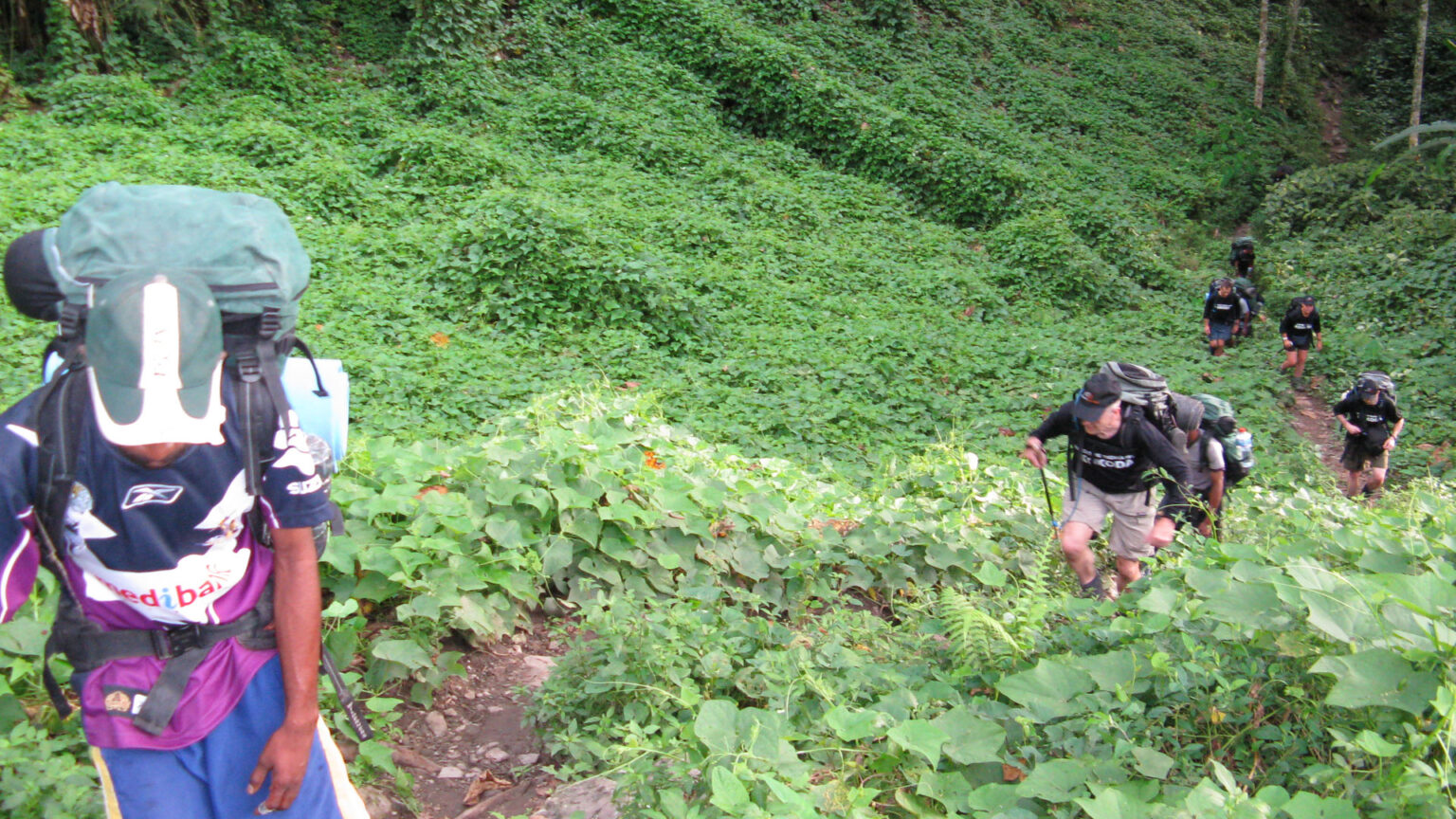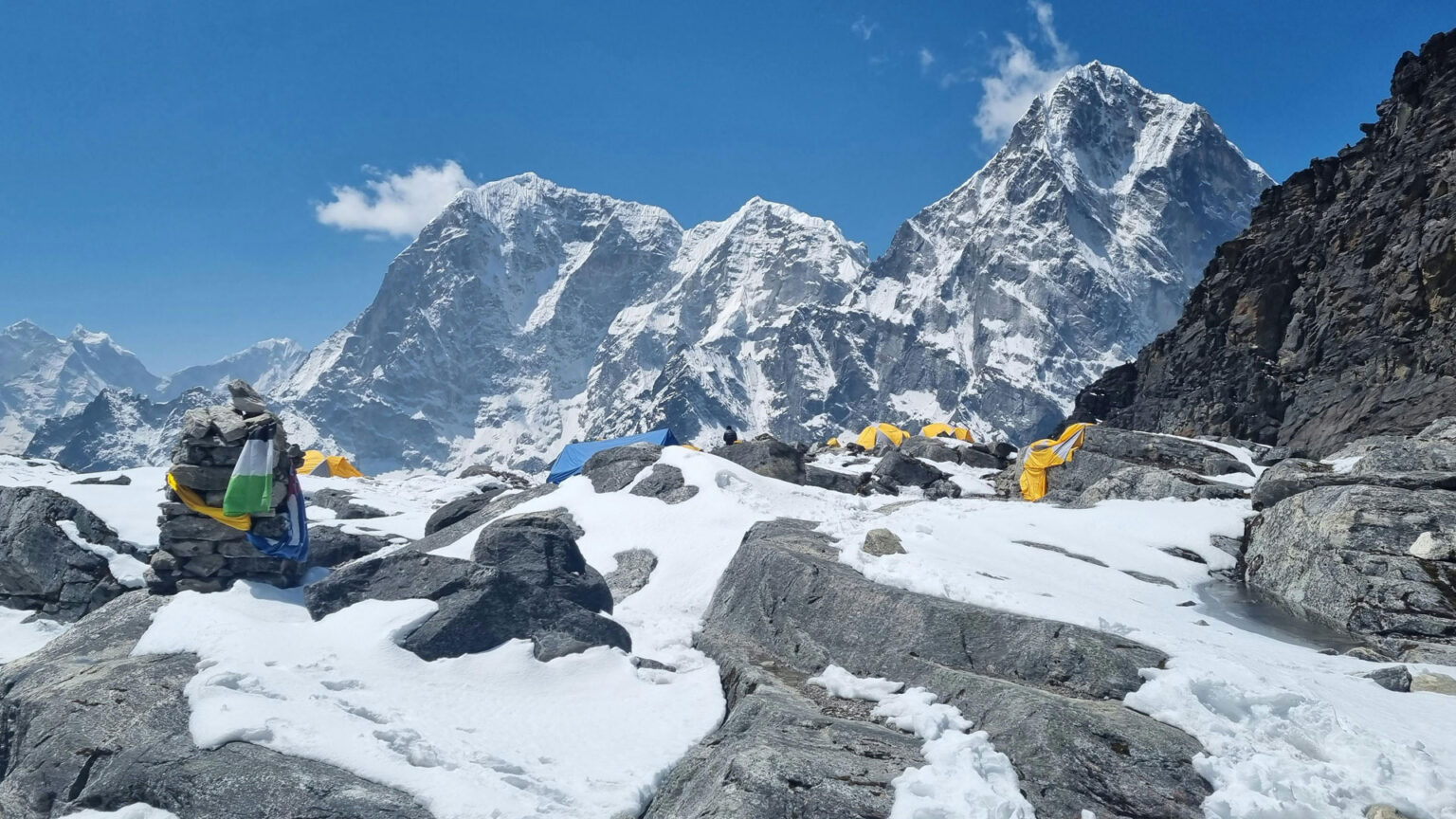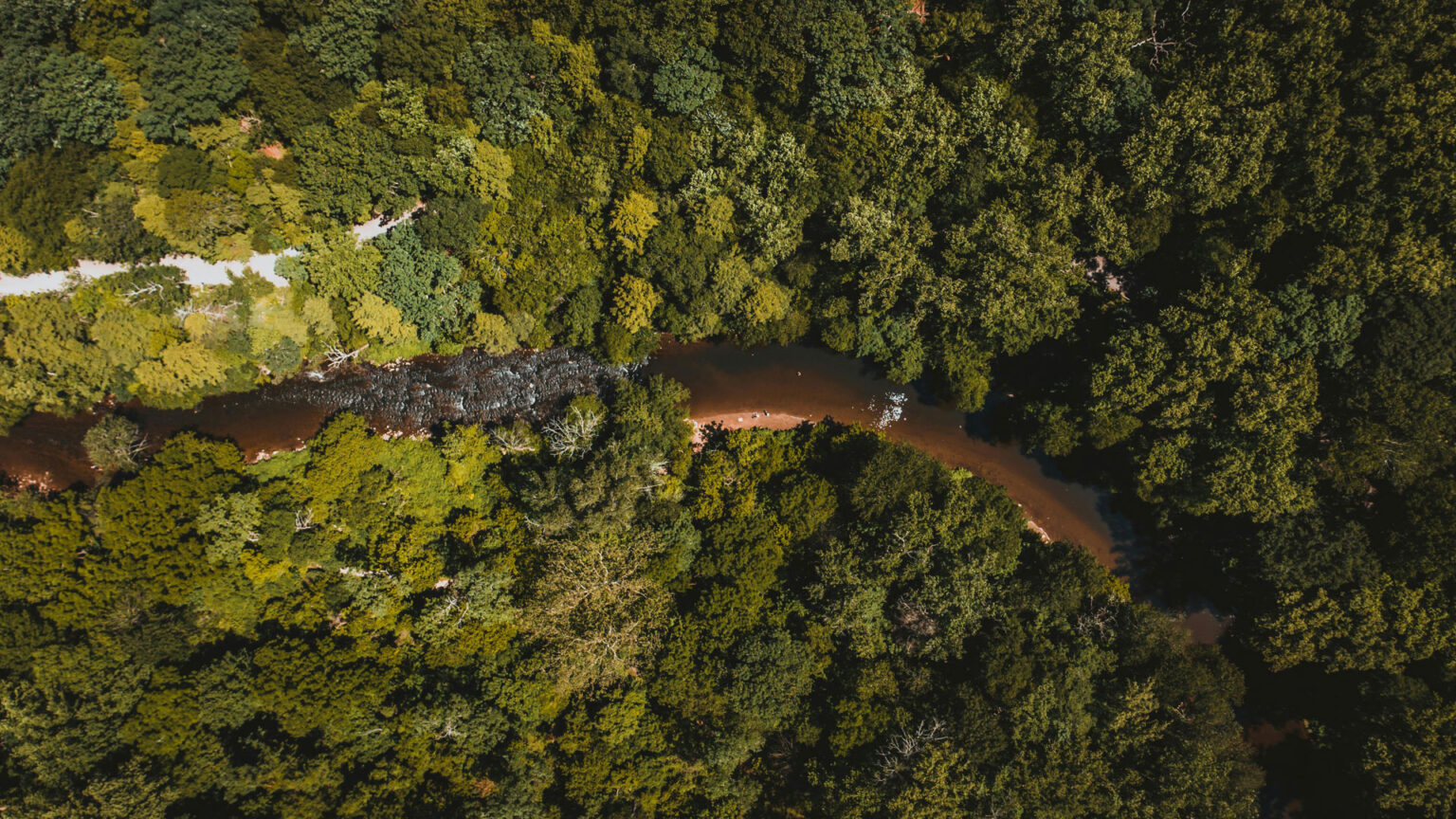Climbing Mount Kilimanjaro: The Ultimate Adventure
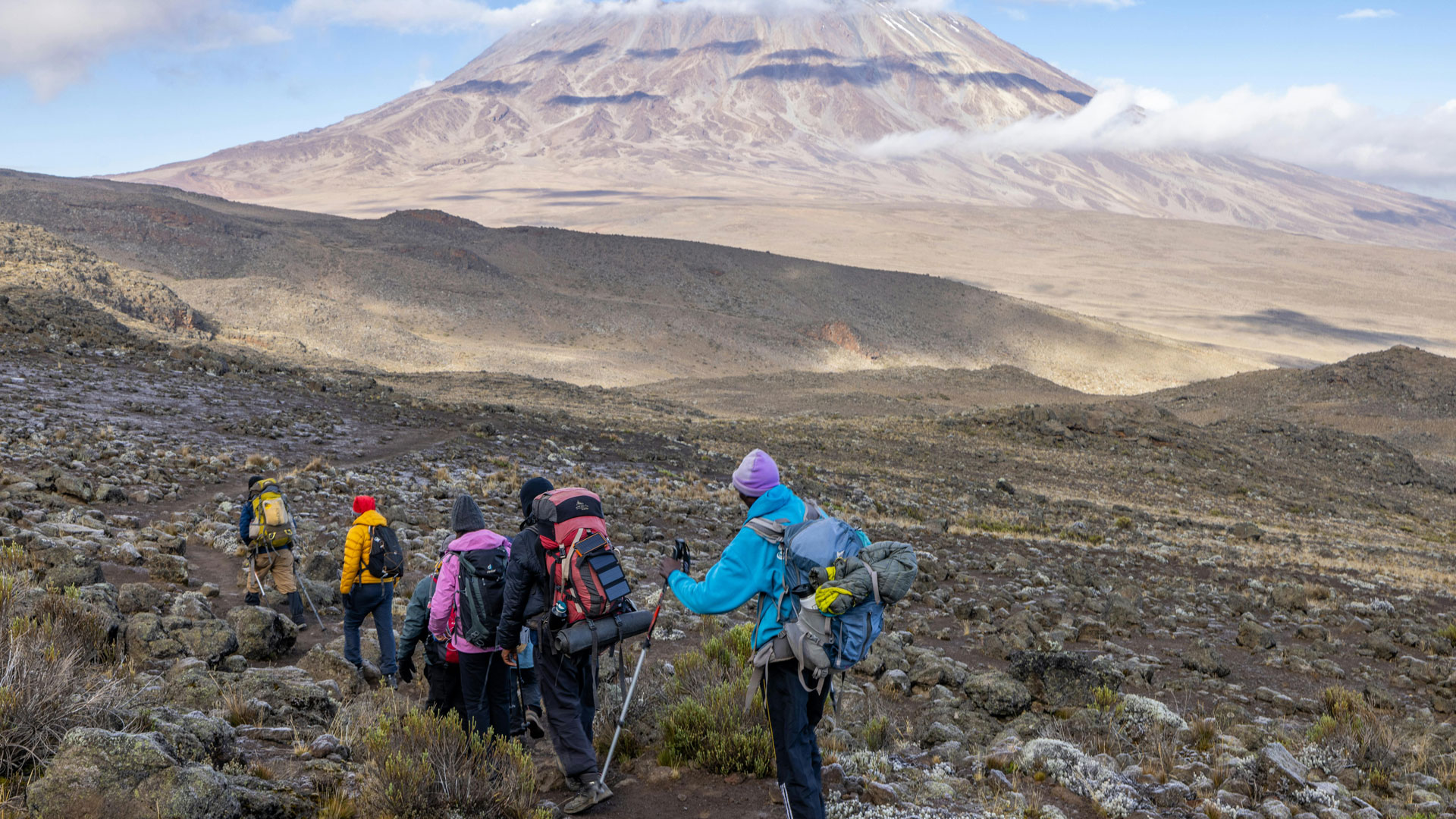
Climbing Mount Kilimanjaro, Africa’s highest peak, is an exhilarating adventure that attracts thrill-seekers and nature lovers worldwide. At 19,341 feet (5,895 meters) above sea level, Kilimanjaro offers breathtaking views, diverse ecosystems, and a challenging climb. Located in the heart of Tanzania, Kilimanjaro is a majestic giant, beckoning adventurers to conquer its snow-capped summit. The mountain’s unique geography, with its five distinct climate zones, supports a wide range of flora and fauna. From lush rainforests to alpine deserts, Kilimanjaro’s diverse ecosystems provide an unforgettable experience for nature enthusiasts.
For centuries, Climbing Mount Kilimanjaro has been a source of fascination, inspiring climbers, explorers, and scientists alike. The mountain’s rich history dates back to the ancient Tanzanian tribes, who revered Kilimanjaro as a sacred site. In the late 19th century, European explorers began to attempt the summit, with Hans Meyer and Ludwig Purtscheller becoming the first recorded climbers to reach the top in 1889. Today, Kilimanjaro attracts over 50,000 climbers annually, making it one of the most popular high-altitude adventures in the world.
Climbing Mount Kilimanjaro requires careful planning, physical conditioning, and mental preparation. Climbers must acclimatize to high altitudes, navigate challenging terrain, and contend with unpredictable weather conditions. The climb typically takes 5-9 days, depending on the route and individual pace. With proper training and guidance, climbers can overcome the physical and mental challenges, reaching the summit in triumph.
Why Climb Mount Kilimanjaro?
Climbing Mount Kilimanjaro offers numerous benefits, including:
- Breathtaking sunrises and sunsets from the Roof of Africa, providing unparalleled views of the surrounding landscape.
- A transformative experience that pushes you to new heights, testing your physical and mental limits.
- Diverse ecosystems, from lush rainforests to alpine deserts, supporting a wide range of flora and fauna.
- A chance to join an elite group of adventurers who have summited the highest peak in Africa.
- Personal growth and self-discovery, as you overcome challenges and achieve your goals.
Preparation is Key
To ensure a successful climb, it’s essential to:
- Research and choose the best climbing route for your experience level.
- Train physically and mentally for the challenge.
- Acclimatize to high altitudes and manage altitude sickness.
- Pack essential gear and equipment.
- Hire experienced guides and porters.
Preparing for the Climb
Climbing Mount Kilimanjaro requires meticulous preparation to ensure a safe and successful ascent. In this section, we’ll cover the essential steps to prepare for the climb. Proper preparation will help you overcome the physical and mental challenges of climbing Africa’s highest peak.
Physical Conditioning
Climbing Kilimanjaro demands a good level of physical fitness. To prepare:
- Start training 2-3 months prior to the climb.
- Incorporate cardiovascular exercises (running, cycling, swimming) for 30 minutes, 3 times a week.
- Focus on strength training (leg press, lunges, squats) 2 times a week.
- Increase altitude exposure (hike smaller mountains) to acclimatize your body.
- Incorporate flexibility and stretching exercises to prevent injuries.
A typical training schedule should include:
- Month 1: Cardiovascular exercises, strength training, and flexibility exercises.
- Month 2: Increase intensity and duration of workouts.
- Month 3: Focus on altitude exposure and simulation.
Climbing Gear and Equipment
Pack essential gear:
- Hiking boots: Waterproof, ankle-high, and insulated.
- Waterproof jacket and pants: Breathable and windproof.
- Insulated sleeping bag: Rated to -20°C (-4°F).
- Climbing poles: Adjustable and shock-absorbing.
- First aid kit: Including altitude sickness medication.
- Headlamp and extra batteries: For nighttime navigation.
- Water purification tablets/filter: To ensure safe drinking water.
Additional gear considerations:
- Backpack (30-40L)
- Sleeping pad
- Camp chair
- Water bottle or hydration bladder
- Food and snacks
Best Time to Climb
Kilimanjaro’s climate varies:
- Dry season (June-October): Best time to climb, with clear skies and mild temperatures.
- Wet season (November-May): Avoid due to rain, mud, and reduced visibility.
Climbing during the dry season offers:
- Better visibility
- Easier terrain
- Warmer temperatures
Climbing Routes
Choose from:
- Marangu Route (5-6 days): Most direct, but steepest.
- Machame Route (6-7 days): Scenic, with better acclimatization.
- Lemosho Route (7-8 days): Longest, but easiest.
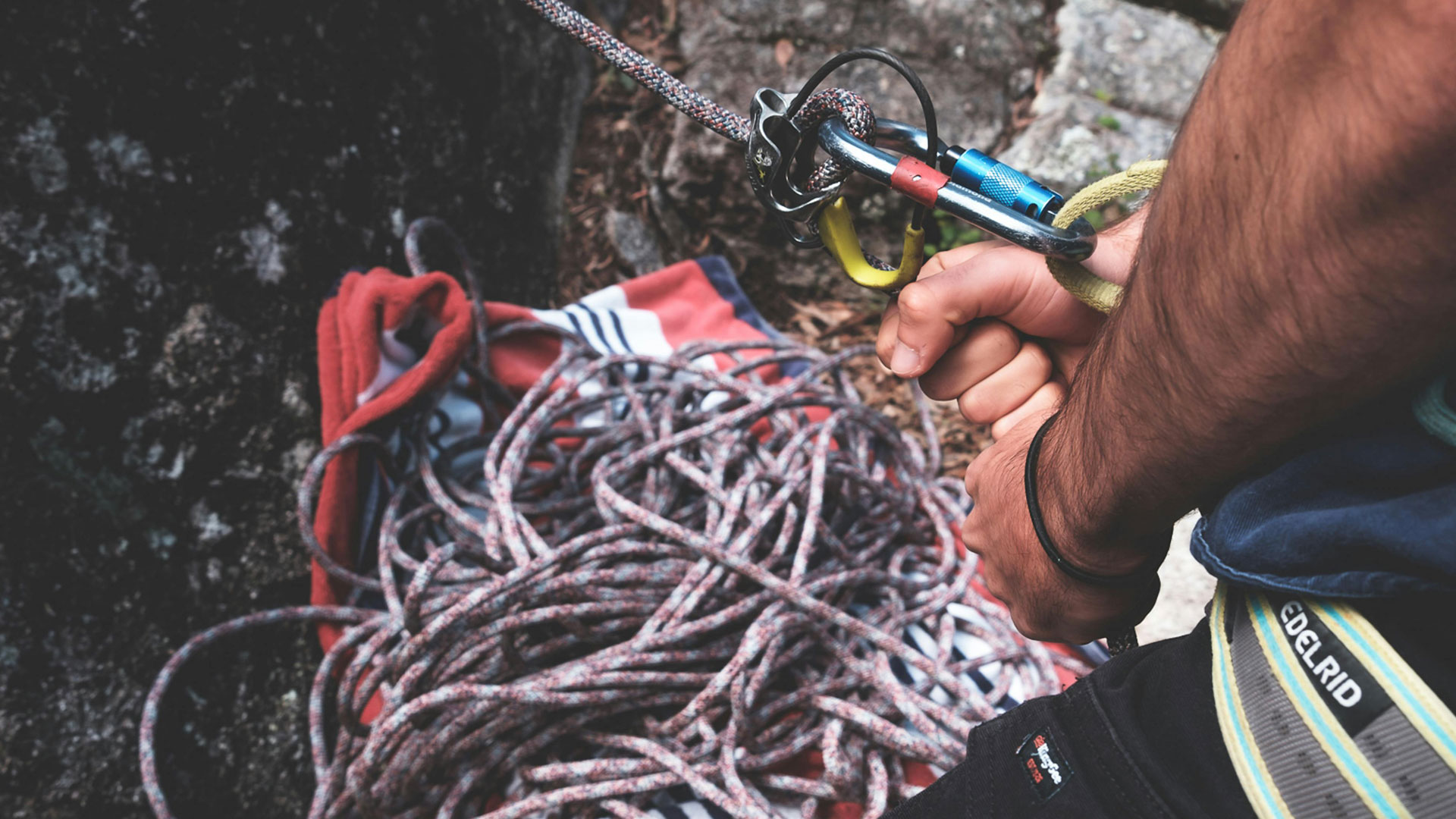
Climbing Route Comparison
| Route | Duration | Difficulty | Scenic Value |
| — | — | — | — |
| Marangu | 5-6 days | High | Medium |
| Machame | 6-7 days | Medium | High |
| Lemosho | 7-8 days | Low | High |
Understanding Altitude Sickness
Climbing Mount Kilimanjaro poses unique challenges, with altitude sickness being a significant concern. Understanding altitude sickness is crucial for a safe and successful ascent. Every year, thousands of climbers attempt to conquer Kilimanjaro, but altitude sickness can be a major obstacle. In this section, we’ll delve into the causes, symptoms, prevention, and acclimatization techniques to help you prepare.
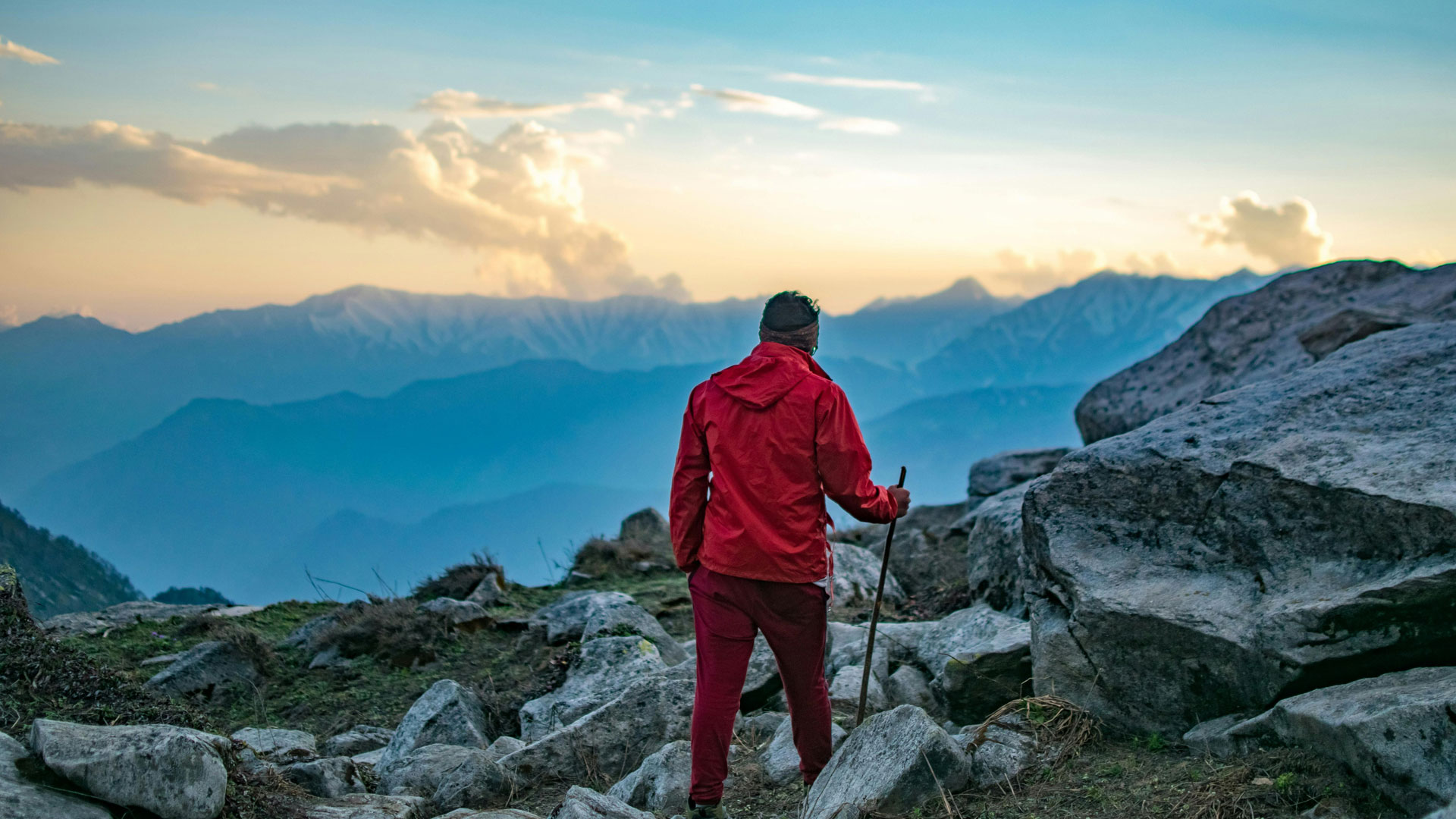
What is Altitude Sickness?
Altitude sickness, or Acute Mountain Sickness (AMS), occurs when the body fails to adapt to high elevations, resulting in oxygen deprivation. This condition can affect anyone, regardless of physical fitness. At high altitudes, the air pressure decreases, and oxygen levels drop. The body’s response to this change can lead to altitude sickness.
Causes of Altitude Sickness
Several factors contribute to altitude sickness:
1. Rapid ascent
2. High altitude
3. Physical exertion
4. Dehydration
5. Pre-existing medical conditions
Symptoms of Altitude Sickness
Recognize the following symptoms:
Mild Symptoms
- Headaches
- Fatigue
- Dizziness
- Nausea
- Loss of appetite
Severe Symptoms
- Confusion
- Disorientation
- Coughing up blood
- Chest pain
- Seizures
Prevention and Acclimatization
Minimize risks with:
- Gradual ascent (1,000 ft/day)
- Acclimatization days
- Proper hydration
- Avoiding strenuous activities
- Monitoring your body’s response
Acclimatization Techniques
Effective acclimatization involves:
- Gradual ascent
- Intermediate camps
- Rest days
- Climbing schedule planning
- Flexibility in your itinerary
Recognizing and Responding to Altitude Sickness
If symptoms occur:
- Halt ascent
- Rest and hydrate
- Descend if symptoms worsen
- Seek medical attention
- Administer oxygen if available
Climbing Mount Kilimanjaro Considerations
For a safe Kilimanjaro climb:
- Choose routes with gradual ascents
- Include acclimatization days
- Hire experienced guides
- Monitor weather conditions
- Stay informed about altitude sickness
Medications and Treatments
Consult your doctor about:
- Diamox (acetazolamide) for prevention
- Nifedipine for severe cases
- Oxygen therapy
- Portable altitude chambers
Understanding altitude sickness and taking preventive measures will minimize risks, ensuring a successful and enjoyable climb.
Navigating Steep Slopes and Challenging Terrain
Mount Kilimanjaro’s rugged terrain poses significant challenges to climbers. Steep slopes, rocky trails, and unpredictable weather demand careful navigation and safety precautions. Climbers must be prepared for diverse terrain, ranging from lush rainforests to arid, barren landscapes.
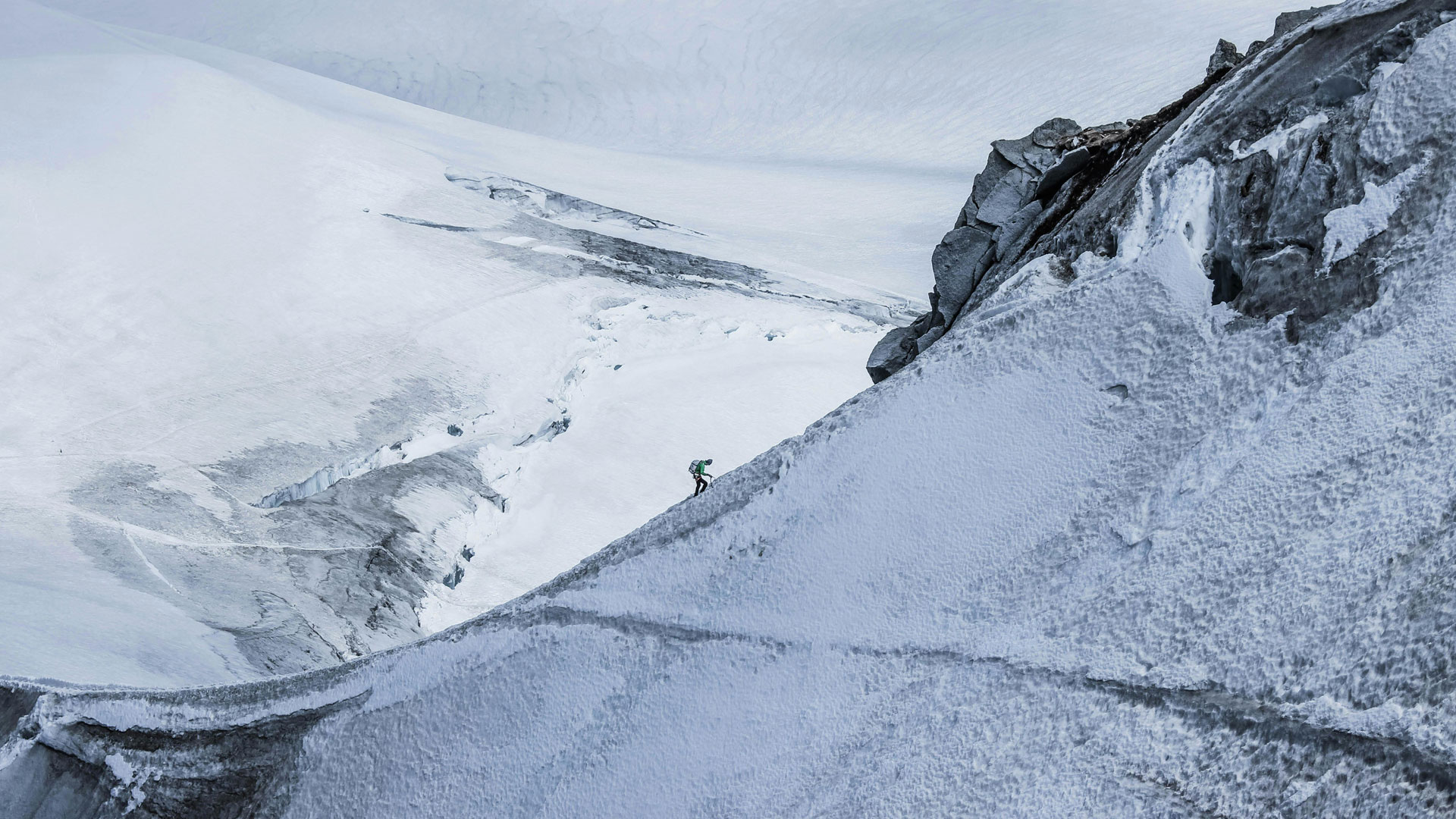
Terrain Overview
Kilimanjaro’s terrain varies dramatically, with five distinct climate zones:
- Lower slopes (800-2,800 ft): Dense rainforest and lush vegetation
- Mid-altitude (2,800-4,000 ft): Alpine desert and rocky outcrops
- Upper slopes (4,000-5,000 ft): Arid, barren landscape and steep ridges
- High altitude (5,000-6,000 ft): Glaciated peak with extreme weather conditions
- Summit (19,341 ft): Harsh, exposed conditions with limited visibility
Navigation Techniques
Effective navigation requires:
- Map reading and route planning: Understand Kilimanjaro’s topography
- Compass and GPS usage: Stay oriented and track progress
- Understanding terrain features: Recognize ridges, valleys, and landmarks
- Following guide instructions (if hired): Leverage local expertise
- Staying alert and aware of surroundings: Monitor weather and potential hazards
Safety Precautions
Minimize risks with:
- Crampons and ice axes on icy slopes: Ensure traction and stability
- Harnesses and ropes on steep sections: Prevent falls and injuries
- Proper footwear and trekking poles: Reduce fatigue and improve balance
- Regular breaks and hydration: Avoid dehydration and exhaustion
- Weather monitoring and contingency planning: Prepare for unpredictable conditions
Challenging Terrain Features
Be prepared for:
- Steep drop-offs and exposed ridges: Use caution and safety gear
- Rocky and uneven terrain: Wear sturdy footwear and use trekking poles
- Ice and snow: Use crampons and ice axes
- River crossings and wet conditions: Use waterproof gear and caution
- Altitude-related hazards (crevasses, serac zones): Understand risks and navigate carefully
Kilimanjaro Climbing Routes
Choose routes suitable for your experience:
- Marangu Route: Steep and direct (6-7 days)
- Machame Route: Scenic, with varied terrain (7-8 days)
- Lemosho Route: Longer, with gradual ascent (8-9 days)
- Rongai Route: Less crowded, with stunning views (7-8 days)
- Umbwe Route: Short and challenging (6-7 days)
Guided Climbs and Safety
Consider hiring experienced guides for:
- Route knowledge and navigation: Ensure safe passage
- Safety expertise and emergency response: Respond to altitude sickness or injuries
- Local knowledge and logistics support: Arrange transportation and accommodations
Navigating Kilimanjaro’s steep slopes and challenging terrain demands preparation, attention to safety, and effective navigation techniques.
Climbing Routes and Itineraries
Choosing the right climbing route and itinerary is crucial for a successful Kilimanjaro climb. With seven established routes, each offering unique challenges and advantages, selecting the best option requires careful consideration.
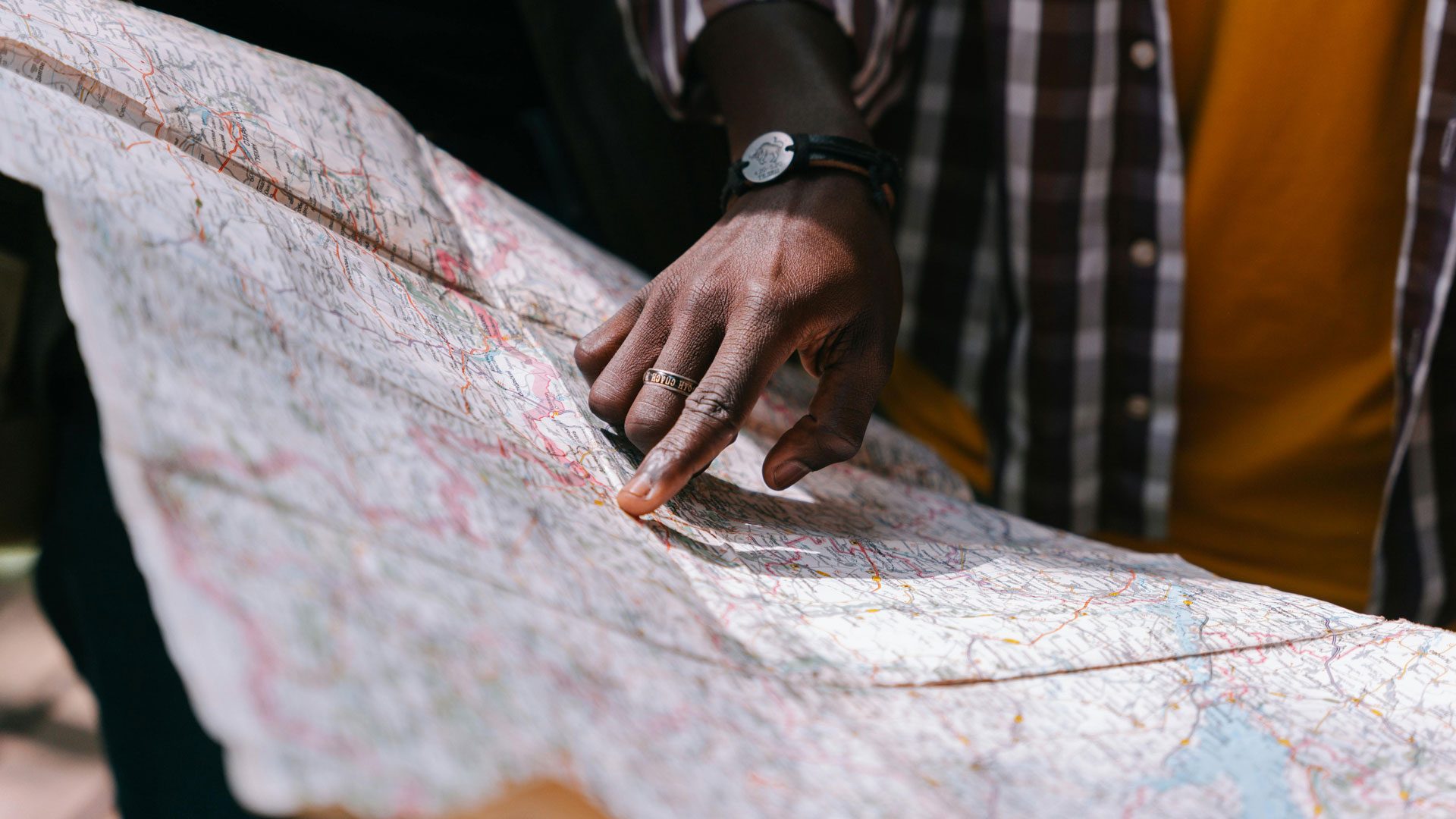
Overview of Climbing Routes
Kilimanjaro’s seven climbing routes cater to diverse skill levels and preferences:
- Marangu Route: Steep and direct (6-7 days)
- Pros: Shortest route, lowest cost
- Cons: Highest failure rate, limited acclimatization
- Features: Scenic views of Maua River, rugged terrain
- Machame Route: Scenic, varied terrain (7-8 days)
- Pros: High success rate, stunning views
- Cons: Longer route, higher cost
- Features: Lush rainforest, alpine desert, and glacier zones
- Lemosho Route: Longer, gradual ascent (8-9 days)
- Pros: High success rate, gentle slope
- Cons: Longer route, higher cost
- Features: Remote wilderness, scenic views of Shira Plateau
- Rongai Route: Less crowded, stunning views (7-8 days)
- Pros: Remote wilderness experience, scenic views
- Cons: Longer route, higher cost
- Features: Gradual ascent, Maua River views
- Umbwe Route: Short and challenging (6-7 days)
- Pros: Shortest route, scenic views
- Cons: Steep and difficult terrain
- Features: Direct ascent, exposed ridges
- Northern Circuit Route: Longest route, highest success rate (9-10 days)
- Pros: High success rate, scenic views
- Cons: Longest route, highest cost
- Features: Remote wilderness, varied terrain
- Shira Route: Scenic, varied terrain (7-8 days)
- Pros: High success rate, stunning views
- Cons: Longer route, higher cost
- Features: Lush rainforest, alpine desert, and glacier zones
Sample Itineraries
Here are sample itineraries for each route:
Marangu Route (6 days)
Day 1: Arrival
Day 2: Marangu Gate to Mandara Hut (2,770m)
Day 3: Mandara Hut to Horombo Hut (3,720m)
Day 4: Horombo Hut to Kibo Hut (4,700m)
Day 5: Summit Day (5,895m)
Day 6: Descent
Machame Route (7 days)
Day 1: Arrival
Day 2: Machame Gate to Machame Camp (2,835m)
Day 3: Machame Camp to Shira Camp (3,900m)
Day 4: Shira Camp to Barranco Camp (3,960m)
Day 5: Barranco Camp to Barafu Camp (4,640m)
Day 6: Summit Day (5,895m)
Day 7: Descent
Lemosho Route (8 days)
Day 1: Arrival
Day 2: Lemosho Gate to Mti Mkubwa Camp (2,750m)
Day 3: Mti Mkubwa Camp to Shira Camp (3,900m)
Day 4: Shira Camp to Moir Hut (4,200m)
Day 5: Moir Hut to Barranco Camp (3,960m)
Day 6: Barranco Camp to Barafu Camp (4,640m)
Day 7: Summit Day (5,895m)
Day 8: Descent
Choosing the Right Route
Consider factors like:
- Physical fitness
- Acclimatization needs
- Budget
- Time constraints
- Personal preferences
Climbing Kilimanjaro: Tips and Recommendations
- Hire experienced guides
- Monitor weather forecasts
- Stay hydrated and fueled
- Acclimatize properly
- Respect the mountain’s environment
By understanding the different climbing routes and itineraries, you’ll be better equipped to tackle the challenges of Mount Kilimanjaro.
Safety and Emergency Preparations
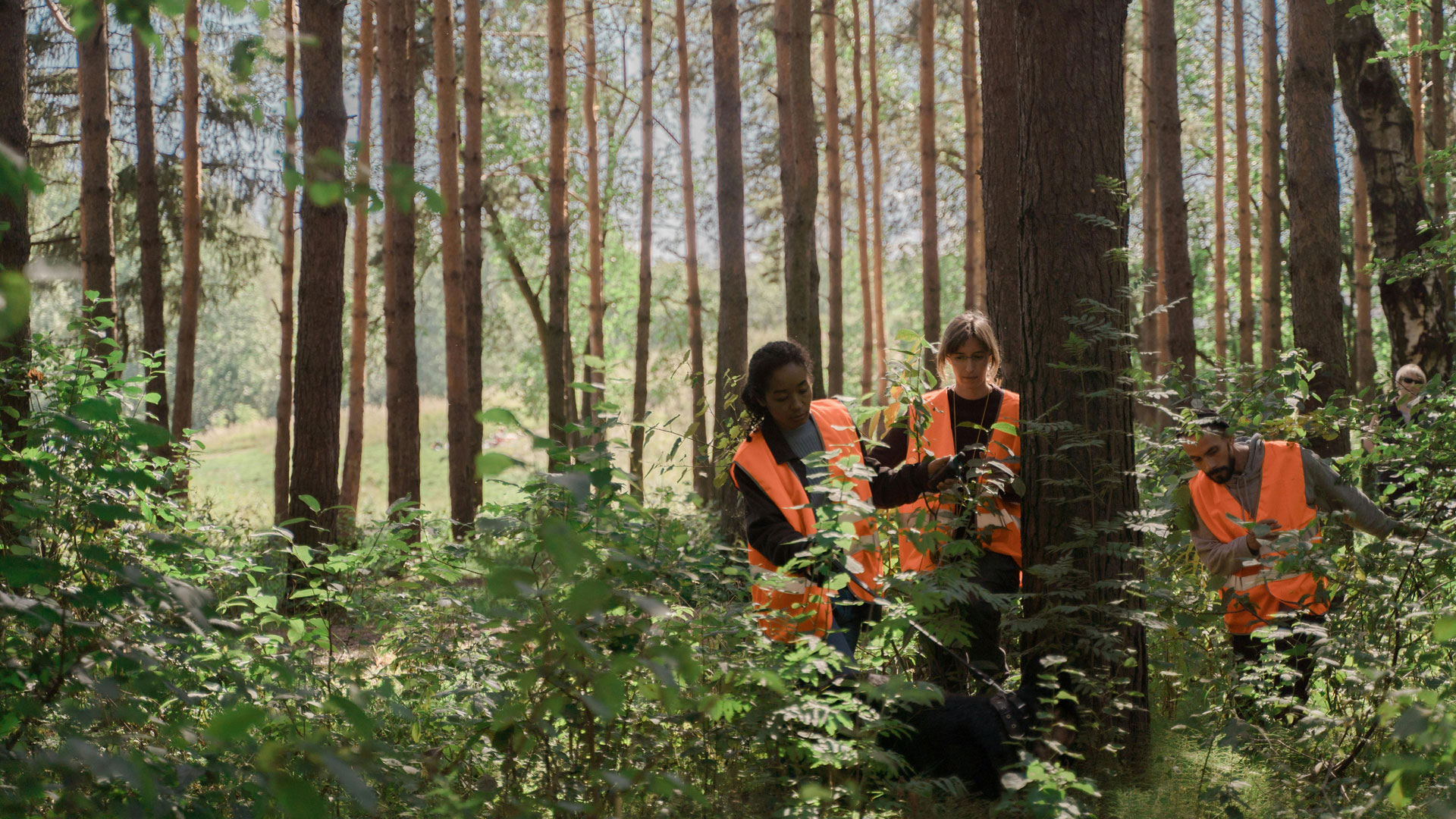
Climbing Kilimanjaro: Understanding Risks and Precautions
Climbing Kilimanjaro requires meticulous safety and emergency preparations. Ensure a secure and successful expedition by understanding potential risks, including altitude sickness, rockfall, and inclement weather.
Emergency Response Plans: Preparation is Key
Develop a comprehensive emergency response plan:
- Research local emergency protocols and regulations
- Establish communication channels with guides, porters, and emergency services
- Designate emergency contact persons and carry essential contact information
- Understand evacuation procedures and protocols
Consider factors like:
- Climbing-related hazards (e.g., altitude sickness, rockfall, crevasses)
- Weather conditions (e.g., snowstorms, heatwaves, thunderstorms)
- Terrain difficulties (e.g., steep slopes, river crossings, glaciers)
First Aid Kits and Medical Supplies: Essential Items
Pack essential medical supplies:
- Basic first aid kit with bandages, antiseptic wipes, and pain relievers
- Altitude sickness medication (Diamox) and other prescription medications
- Personal medications and equipment (e.g., EpiPen, inhalers)
- Blister care and wound dressing materials
- Medical tape, scissors, and other basic medical tools
Consider the following:
- Medical conditions (e.g., diabetes, epilepsy, heart conditions)
- Allergies and sensitivities (e.g., food, insect bites)
- Prescription medications and potential interactions
Climbing Insurance: Protecting Your Investment
Invest in climbing insurance:
- Covers emergency medical evacuations and hospitalizations
- Reimburses trip cancellations or interruptions
- Provides liability coverage for guides, porters, and rescue teams
Research insurance providers:
- Compare policies and coverage options
- Check reputation and customer reviews
- Understand policy exclusions and limitations
Additional Safety Measures: Minimizing Risks
Consider:
- Hiring certified guides and porters with extensive experience
- Monitoring weather forecasts and trail conditions
- Staying informed about local regulations and guidelines
- Respecting the environment and wildlife
Emergency Evacuation Procedures: Stay Prepared
Understand evacuation protocols:
- Recognition of emergency situations (e.g., altitude sickness, injuries)
- Activation of emergency response plans
- Coordination with rescue teams and emergency services
Pre-Trip Preparations: Planning Ahead
Before departing:
- Research local healthcare facilities and medical services
- Register with your country’s travel advisory department
- Leave a copy of your itinerary with emergency contacts
- Ensure family and friends have your contact information
Climbing Tips and Tricks
Mastering climbing techniques, time management, and mental preparation ensures a successful Kilimanjaro summit.
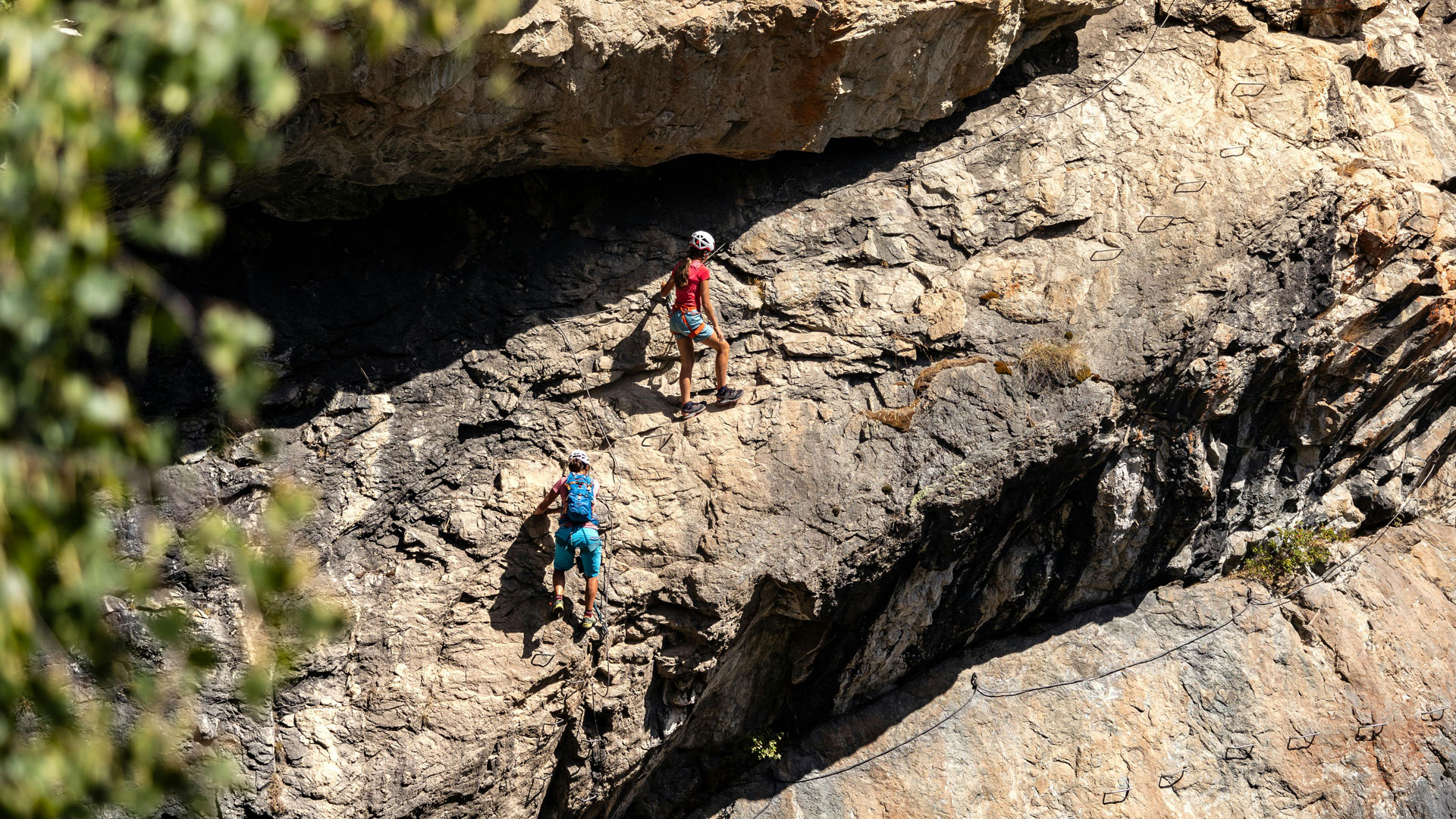
Climbing Techniques
Effective climbing techniques enhance efficiency and safety:
- Pace yourself: Maintain steady, consistent pace to conserve energy
- Footwork: Use trekking poles to reduce fatigue and keep weight centered
- Breathing: Practice deep, rhythmic breaths to optimize oxygen intake
- Resting: Take regular breaks to recharge and refocus
Time Management
Strategic time management ensures timely summit arrival:
- Plan itinerary: Allow acclimatization days and contingency plans
- Set realistic goals: Summit within daylight hours (6 am – 10 am)
- Monitor progress: Adjust pace as needed to stay on track
- Time management tools: Use watches, GPS devices, or mobile apps
Mental Preparation
Mental preparation is crucial for overcoming challenges:
- Focus on goals: Visualize success and reinforce motivation
- Positive self-talk: Encourage yourself with affirmations
- Manage fear: Acknowledge, breathe, and refocus on positive thoughts
- Teamwork: Support fellow climbers and foster camaraderie
Additional Tips
Supplement your climb with:
- Hydration: Drink 3-4 liters/day to prevent dehydration
- Nutrition: Fuel wisely with balanced diet and snacks
- Packing essentials: Layers, headlamp, first aid kit, and emergency shelter
- Environmental responsibility: Leave no trace, respect wildlife
Psychological Tricks
Psychological strategies enhance mental resilience:
- Break tasks into smaller steps: Divide climb into manageable sections
- Celebrate milestones: Acknowledge camps, landmarks, and progress
- Stay present: Focus on current moment, avoiding distractions
- Draw inspiration: Scenic views, fellow climbers, and personal achievements
Pre-Summit Preparations
Optimize pre-summit preparations:
- Rest and recovery: Prioritize sleep (6-8 hours) before summit day
- Gear checks: Ensure equipment readiness and functionality
- Weather forecasts: Plan accordingly, considering wind, rain, or snow
- Mental rehearsal: Visualize summit success, overcoming obstacles
By incorporating these comprehensive climbing tips and tricks, you’ll optimize your Kilimanjaro experience.
Conclusion
Congratulations on completing our comprehensive guide to climbing Mount Kilimanjaro! You’re now equipped with essential knowledge to tackle Africa’s highest peak.
Recap of Key Takeaways
Remember:
- Understand altitude sickness risks and prevention
- Choose the right climbing route and itinerary
- Prepare physically and mentally
- Pack essential gear and supplies
- Stay safe with emergency protocols
- Master climbing techniques and time management
Final Tips and Encouragement
- Stay flexible: Adapt to changing weather and trail conditions
- Focus on progress: Celebrate small victories
- Support your team: Foster camaraderie and teamwork
- Trust your guides: Expert knowledge ensures safety
- Enjoy the journey: Take in breathtaking views
Embracing the Challenge
Climbing Kilimanjaro demands resilience, determination, and preparation. You’ve taken the first step by educating yourself.
Believe in Yourself
You have the power to overcome obstacles and reach the summit. Draw inspiration from fellow climbers, scenic views, and personal achievements.
Get Ready for the Adventure
Mount Kilimanjaro awaits! Begin your journey with confidence, preparedness, and a willingness to push beyond limits.

